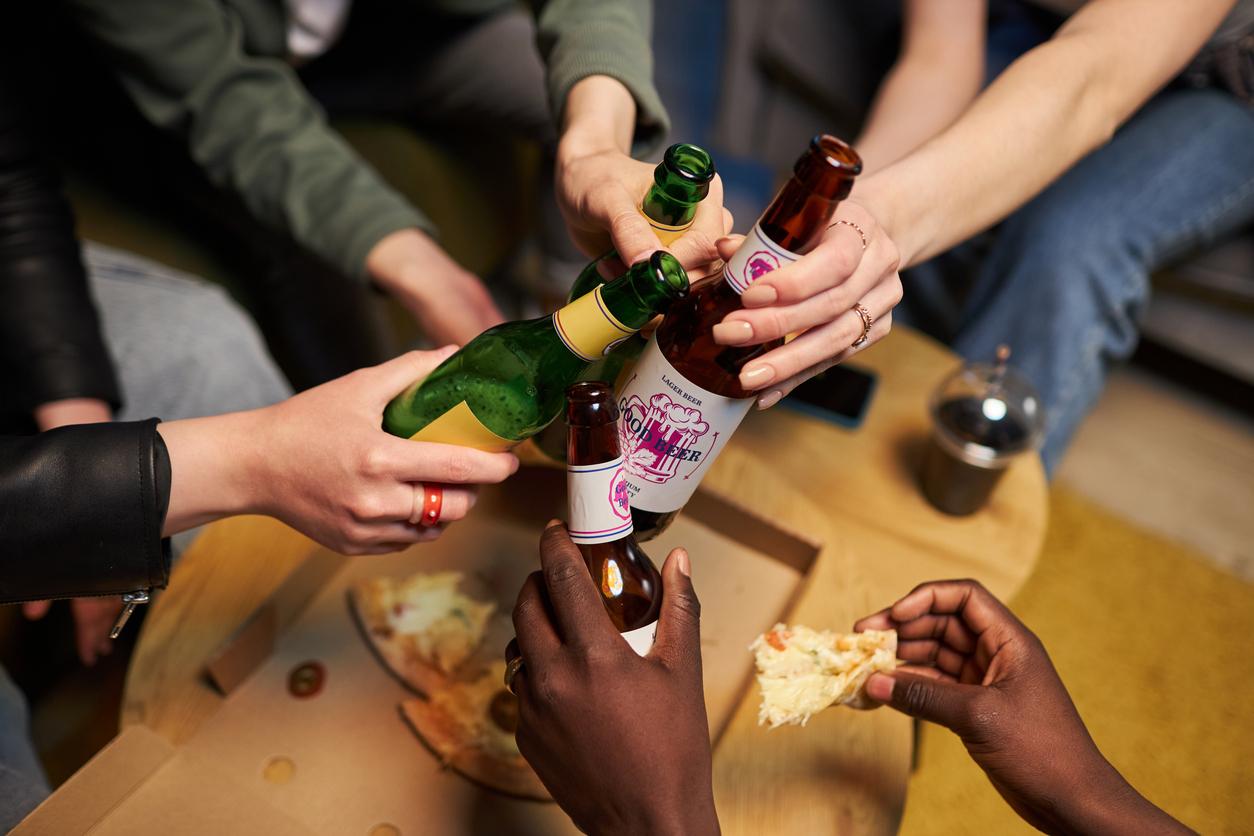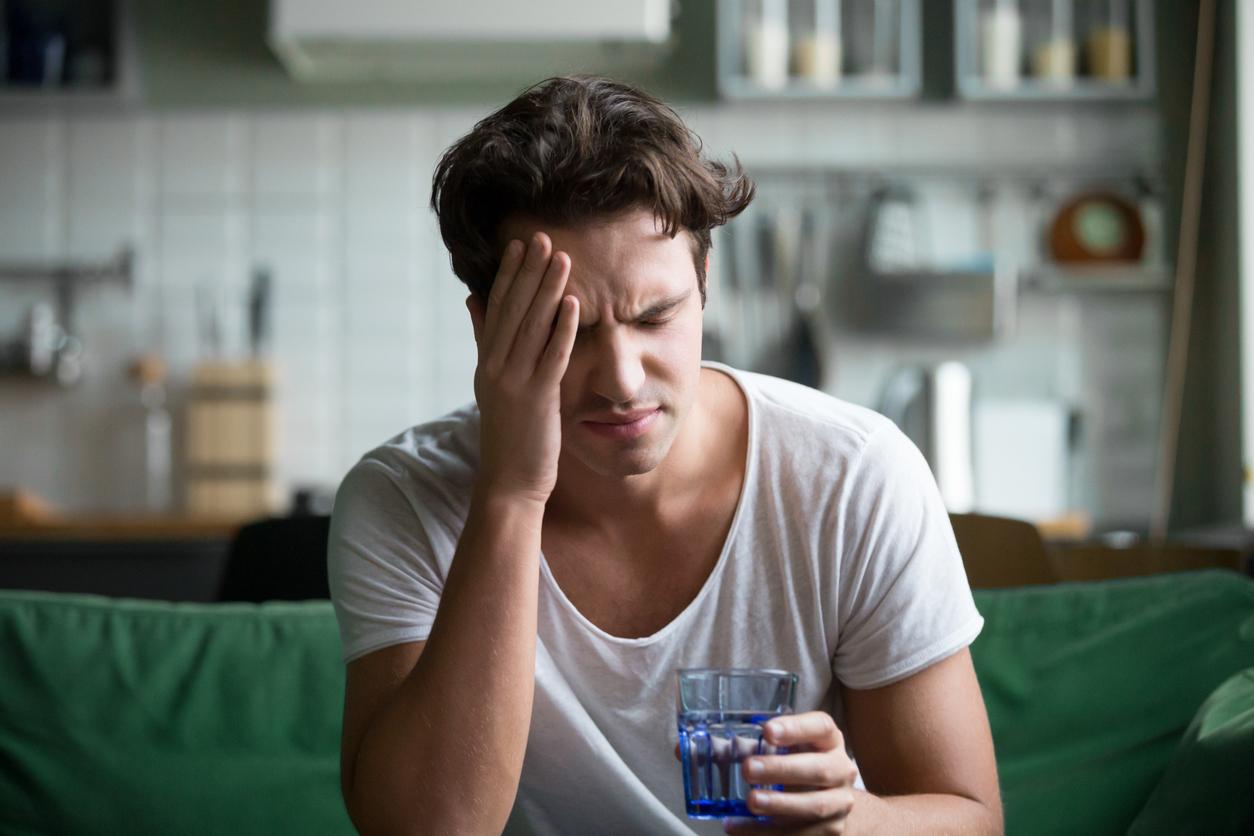Invited on BFMTV on Wednesday morning, the Minister of Agriculture Didier Guillaume affirmed that wine was “not an alcohol like the others”. On the contrary, consuming wine in excess is as risky as abusing strong alcohols.

“I don’t believe that wine is an alcohol like any other,” said Didier Guillaume on Wednesday morning on BFMTV, positioning himself in opposition to the Minister of Health Agnès Buzyn who affirmed in February 2018 that “wine is a alcohol like any other” and that’“In terms of public health, it’s exactly the same to drink wine, beer, vodka, whisky, there’s zero difference.”
Although he concedes that “the‘alcohol addiction is dramatic”, our Minister of Agriculture seems convinced that excess alcohol only concerns young people and that they only consume strong alcohol. “I have never seen (. ..) a young person who comes out of a nightclub and who is drunk because he drank Côtes-du-Rhône, Crozes-Hermitage, Bordeaux or Costières-de-Nîmes”, he said. he declared: “They drink other (alcohols), mixtures, mixes, strong alcohol. According to him, “you have to educate yourself to drink a glass of wine to know what it is”, in particular because that “viticulture is a strong economic and development element of our country”.
A speech which joins that of our current Minister of the Interior Christophe Castaner who estimated in February 2018, “that there is alcohol in the wine, but (that) it is an alcohol which is not strong and which suddenly forms part of our tradition, our culture, our national identity, it does not is not our enemy, but alcoholism is still our enemy”. But is this tradition really safe?
18% of deaths due to alcohol concern people aged 35 – 64
What do the scientific literature, medical data and associations say? Everyone agrees that, in fact, young people tend to drink only on weekends, often excessively, but that with age, the French adopt a lighter but daily consumption..
According to a report published in theEuropean journal of public health in 2014 on the consequences of alcohol in France, 49,000 deaths each year are attributed to alcohol : 36,500 deaths in men and 12,500 deaths in women. Specifically, “theAlcohol is a major cause of premature mortality, since it is responsible for 22% of deaths between 15 and 34 years old, 18% of deaths between 35 and 64 years old and 7% of deaths from 65 years old. Deaths attributable to alcohol are mainly cancers (15,000 deaths) and cardiovascular diseases (12,000 deaths). detailed at the time the researcher Catherine Hill, from the Gustave-Roussy Institute. People over 35 are therefore also affected by alcohol abuse, even if the distribution of the doses consumed is done in a more “classy” or more “professional” way than young people. But are they less at risk if they consume “Côtes-du-Rhône, Crozes-Hermitage, Bordeaux or Costières-de-Nîmes” rather than so-called “strong” alcohols?
Quantity trumps quality
According to Public Health France, “half a beer, a flask of red wine, a glass of champagne or even a dose of whiskey (a baby) or pastis, you consume practically the same quantity of pure alcohol: this is called one unit of alcohol”. Indeed, “the traditional size and shape of the glasses are adapted to the alcohol density of the different alcoholic beverages: a mug of beer is larger than a flask of wine, itself larger than a glass of digestive” .

Moreover, it is not so much the type of alcohol that matters, but the quantity consumed. Indeed, drinking a 10 cl glass of wine is equivalent to swallowing a 3 cl glass of whiskey. As such, wine is an alcohol like any other, even if it is shrouded in a veil of prestige and its industry is among the most lucrative in France.
A huge study funded by the Bill & Melinda Gates Foundation, led by theare researchers from 195 countries and published in The Lancet in August 2018, confirms that “in 2016, alcohol consumption led to 2.8 million deaths and was the leading risk factor for premature death and disability among people aged 15 to 49.” Specifically, the researchers demonstrated that people aged 15 to 95 who drink a glass of alcohol a day increase their risk of developing one of the 23 diseases identified by researchers (cancer, cirrhosis, etc.) by 0.5%. glasses of a volume corresponding to one unit of alcohol as explained above.
According to Catherine Hill, in France, the average alcohol consumption is 2.7 glasses per day and per person. Even divided by half, i.e. one and a half glasses daily, the dose remains “harmful” for health and leads to “1100 deaths”. Even if the French drink less than 50 years ago, the researcher is categorical: they “drink too much”, regardless of age or alcohol consumed.
Learn to calculate your consumption
To know, in a very precise way, the number of alcohol units of an alcoholic drink, it is enough to multiply the volume in cl by the degree of alcohol and by 8, then to divide by 1000. “There is the same amount of alcohol in a glass of whiskey as in a glass of beer, explains Inpes.Pastis is not less alcoholic with a lot of water.Adding water does not change the amount of alcohol that is contained in the glass, it only dilute the taste and the alcohol”.

.















